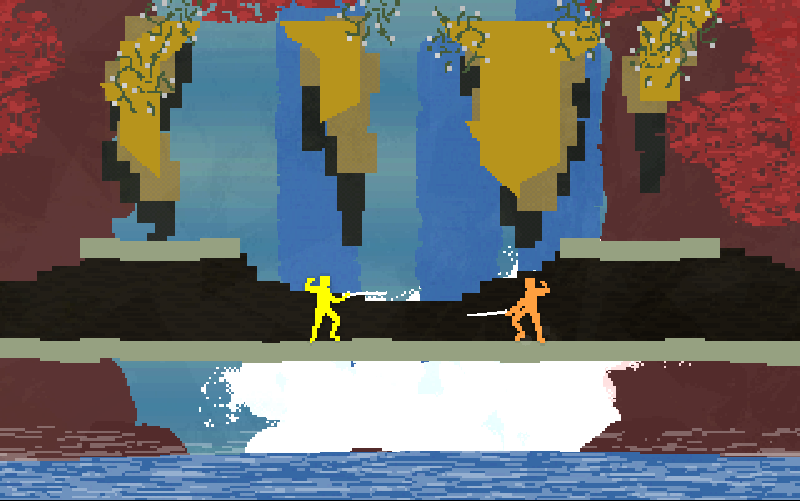|
Lazy Eight (other)
Lazy Eight or Lazy 8 may refer to: * The infinity symbol (\infty), often described as a horizontal figure eight * An aerobatic maneuver consisting of 1/4 looping up, wingover (left or right), 1/2 looping down+up, wingover (right or left), 1/4 looping down * VistaVision VistaVision is a higher resolution, widescreen variant of the 35 mm motion picture film format that was created by engineers at Paramount Pictures in 1954. Paramount did not use anamorphic processes such as CinemaScope but refined the ..., a high resolution 35mm film format * Lazy 8 Studios, an independent game developer * "Lazy 8", a music track released as a single B-side by Australian metal band Dumb and the Ugly {{disambig ... [...More Info...] [...Related Items...] OR: [Wikipedia] [Google] [Baidu] |
Infinity Symbol
The infinity symbol () is a mathematical symbol representing the concept of infinity. This symbol is also called a ''lemniscate'', after the lemniscate curves of a similar shape studied in algebraic geometry, or "lazy eight", in the terminology of livestock branding. This symbol was first used mathematically by John Wallis in the 17th century, although it has a longer history of other uses. In mathematics, it often refers to infinite processes ( potential infinity) rather than infinite values ( actual infinity). It has other related technical meanings, such as the use of long-lasting paper in bookbinding, and has been used for its symbolic value of the infinite in modern mysticism and literature. It is a common element of graphic design, for instance in corporate logos as well as in older designs such as the Métis flag. The infinity symbol and several variations of the symbol are available in various character encodings. History The lemniscate has been a common decorativ ... [...More Info...] [...Related Items...] OR: [Wikipedia] [Google] [Baidu] |
Aerobatic Maneuver
Aerobatic maneuvers are flight paths putting aircraft in unusual attitudes, in air shows, dogfights or competition aerobatics. Aerobatics can be performed by a single aircraft or in Formation flying, formation with several others. Nearly all aircraft are capable of performing aerobatics maneuvers of some kind, although it may not be legal or safe to do so in certain aircraft. Aerobatics consist of five basic maneuvers: * Lines (both horizontal and vertical), * loops, * rolls, * spins, and * hammerheads. Most aerobatic figures are composites of these basic maneuvers with rolls superimposed. A loop is when the pilot pulls the plane up into the vertical, continues around until they are heading back in the same direction, like making a 360 degree turn, except it is in the vertical plane instead of the horizontal. The pilot will be inverted (upside down) at the top of the loop. A loop can also be performed by rolling inverted and making the same maneuver but diving towards the gro ... [...More Info...] [...Related Items...] OR: [Wikipedia] [Google] [Baidu] |
VistaVision
VistaVision is a higher resolution, widescreen variant of the 35 mm motion picture film format that was created by engineers at Paramount Pictures in 1954. Paramount did not use anamorphic processes such as CinemaScope but refined the quality of its flat widescreen system by orienting the 35 mm negative horizontally in the camera gate and shooting onto a larger area, which yielded a finer-grained projection print. As finer-grained film stocks appeared on the market, VistaVision became obsolete. Paramount dropped the format after only seven years, although for another 40 years the format was used by some European and Japanese producers for feature films and by American films such as the first three ''Star Wars'' films for high-resolution special-effects sequences. In many ways, VistaVision was a testing ground for cinematography ideas that evolved into 70 mm IMAX and OMNIMAX film formats in the 1970s. Both IMAX and OMNIMAX are oriented sideways, as is Vist ... [...More Info...] [...Related Items...] OR: [Wikipedia] [Google] [Baidu] |
Lazy 8 Studios
Lazy 8 Studios is an independent video game developer. It was founded by Rob Jagnow in 2008 and is based in San Francisco. Jagnow founded the company after spending some time in video game development on flight simulators. Jagnow soon brought aboard Brendan Mauro for art development and Luke Gilbert for sound and music. History The company's first title was the 2009 '' Cogs'', a steampunk-like puzzle game that Jagnow had envisioned for many years. The game was successful, nominated for several indie gaming awards and winning the 2010 "Professional" prize at the Indie Game Challenge. With the game's success, the team was invited by Valve A valve is a device or natural object that regulates, directs or controls the flow of a fluid (gases, liquids, fluidized solids, or Slurry, slurries) by opening, closing, or partially obstructing various passageways. Valves are technically Pip ... to participate in the Potato Sack, an alternate reality game (ARG) that preceded the releas ... [...More Info...] [...Related Items...] OR: [Wikipedia] [Google] [Baidu] |
Independent Game Developer
An indie video game or indie game (short for independent video game) is a video game created by individuals or smaller development teams without the financial and technical support of a large game publisher, in contrast to most "AAA" (triple-A) games. Because of their independence and freedom to develop, indie games often focus on innovation, experimental gameplay, and taking risks not usually afforded in AAA games. Indie games tend to be sold through digital distribution channels rather than at retail due to a lack of publisher support. The term is analogous to independent music or independent film in those respective mediums. Indie game development bore out from the same concepts of amateur and hobbyist programming that grew with the introduction of the personal computer and the simple BASIC computer language in the 1970s and 1980s. So-called bedroom coders, particularly in the United Kingdom and other parts of Europe, made their own games and used mail order to distribute th ... [...More Info...] [...Related Items...] OR: [Wikipedia] [Google] [Baidu] |


